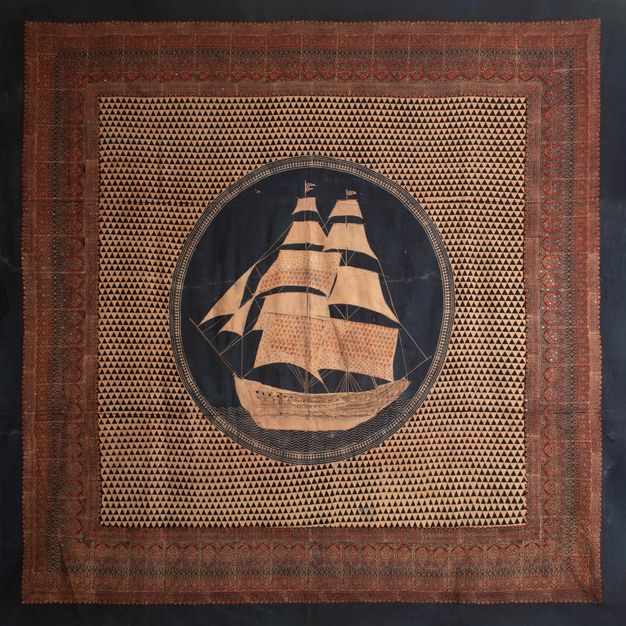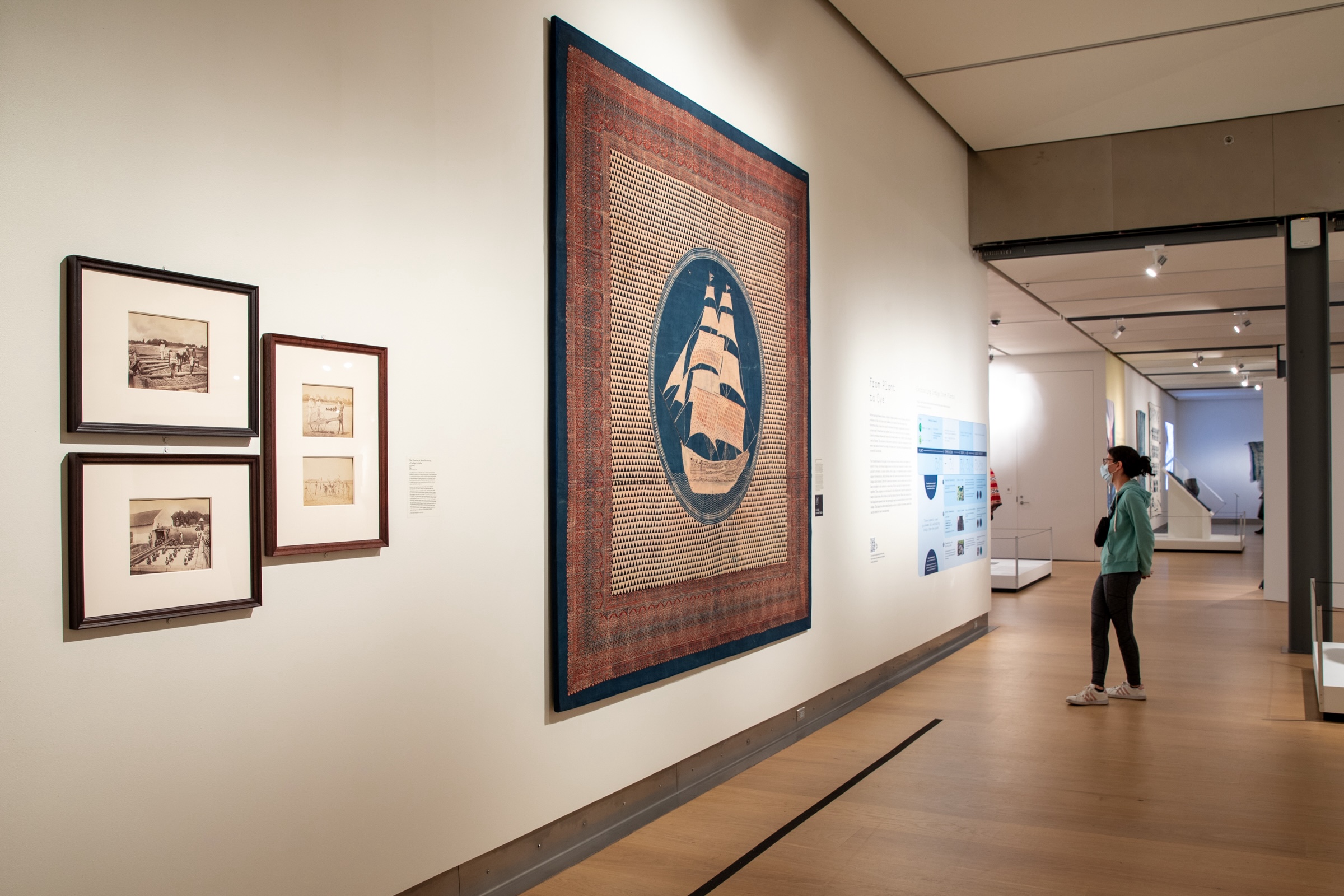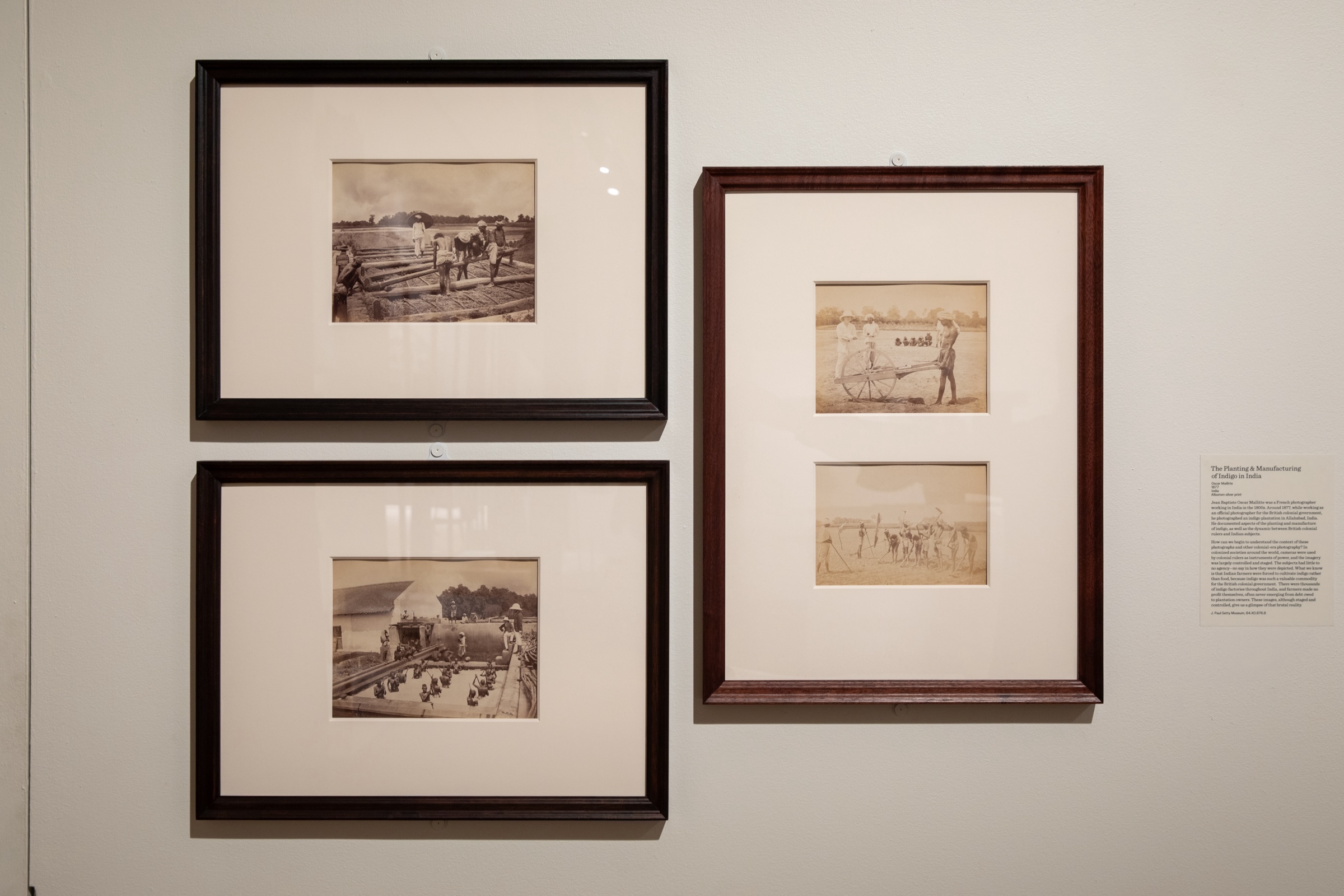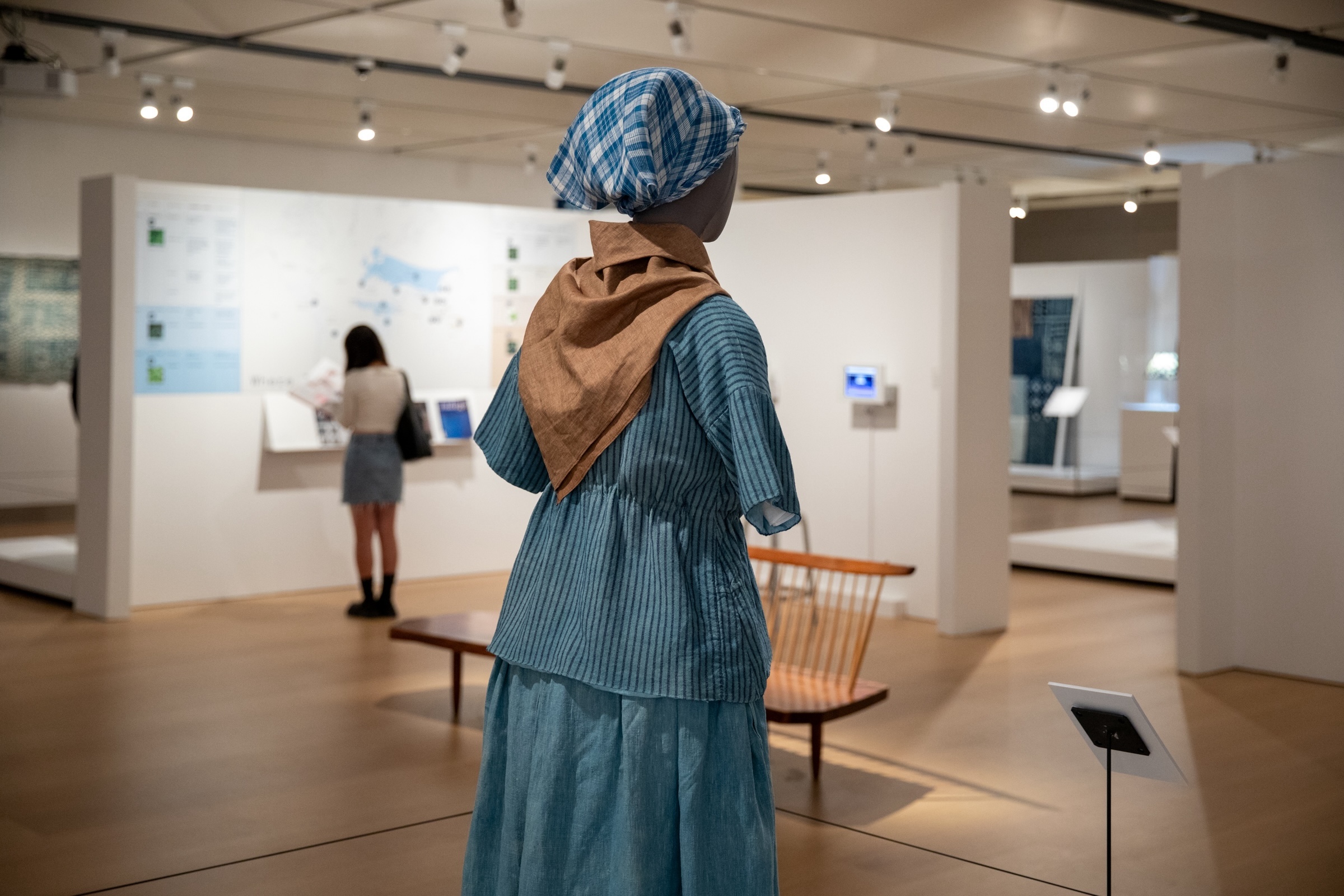Indigo, as a global commodity, has profoundly impacted communities worldwide. In pre-colonial times, indigo was highly valued and traded across continents via land and sea routes. The long, rich, and bloody history of the Silk Road—an ancient trade route stretching across Asia into Africa and Europe—is saturated with indigo dye cakes, powders, and textiles.

Colonial expansion ramped up the production of cash crops like indigo, tea, coffee, cotton, and sugar. Cash crops were prioritized over local agricultural needs, often leading to dire consequences for regional populations as food cultivation was suppressed and forced labor practices were imposed. Colonial powers, including the English, Dutch, French, and Spanish, established indigo plantations worldwide. In places like India and Indonesia, native knowledge and labor were exploited to produce indigo. In the Caribbean and the United States, enslaved Africans were dehumanized and treated as a commodity—used for their expertise with indigo— and forced to work on plantations.


Due to high demand, those who controlled the indigo market held immense power. In Europe, the local indigo industry fiercely resisted the influx of imported indigo. Various colonial powers built empires on the back of the indigo trade, laying the groundwork for many of our current social, political, and economic systems. While it is celebrated today for its beautiful blue color and cultural significance, indigo also has a dark and violent history. This complex legacy continues to impact our current lives, reminding us of the intertwined beauty and brutality of its past.


Header Image: William Morris, Medway Furnishing Textile Fragment. Cotsen Textile Traces Study Collection T-2771. Courtesy of The George Washington University Museum, Washington D.C. Photograph by Bruce M. White.